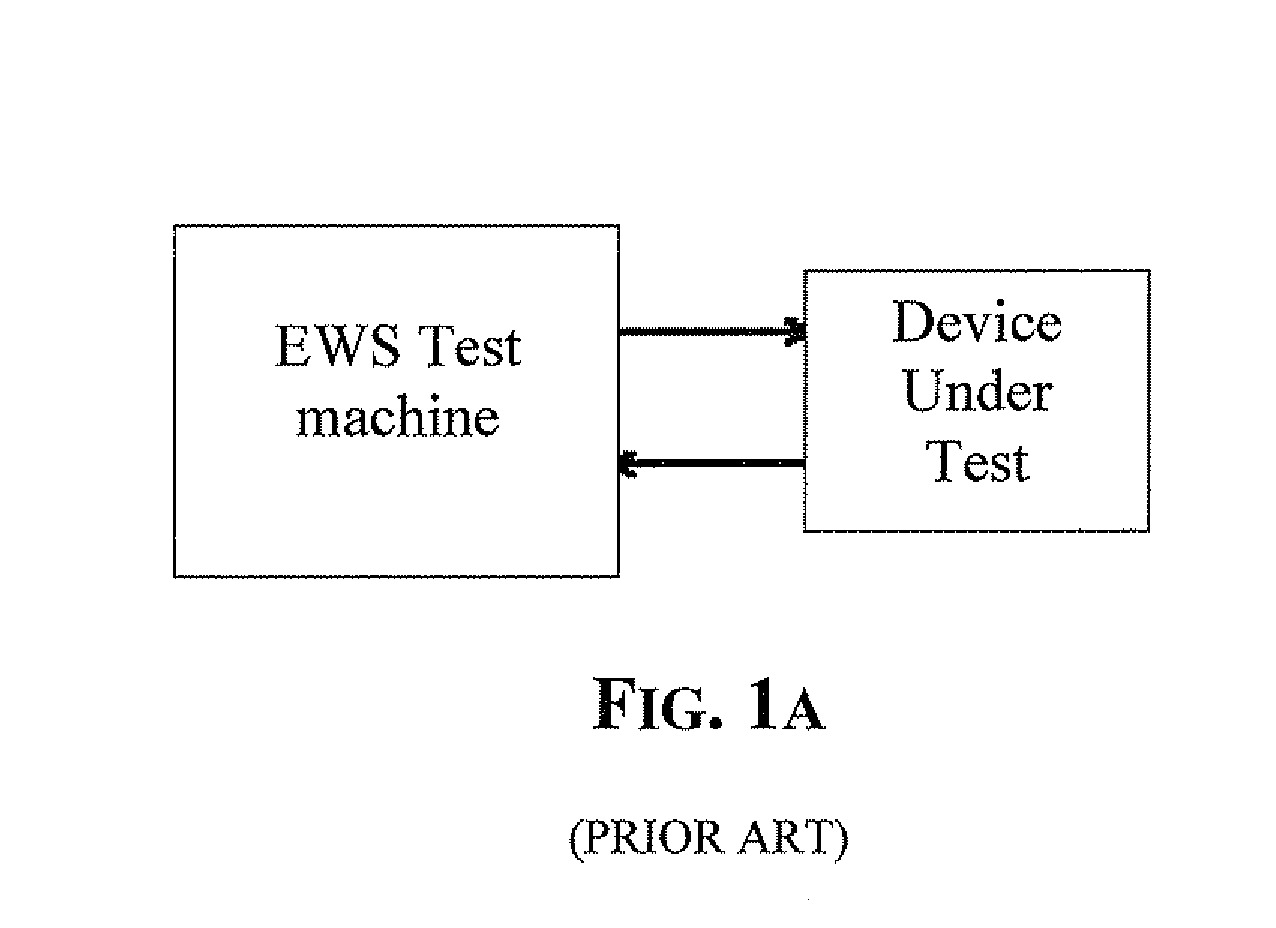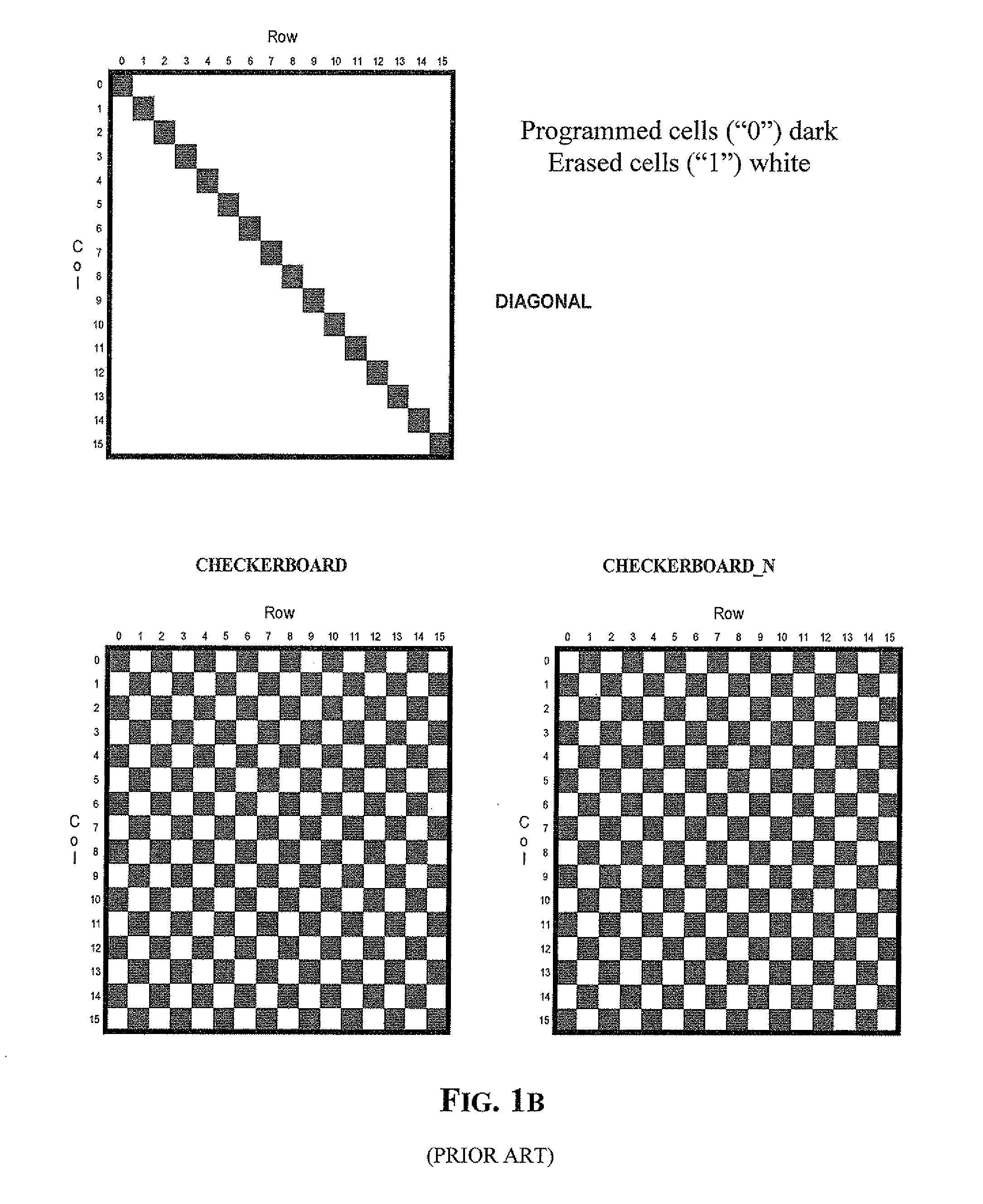Memory device with a managing microprocessor system and an architecture of fail search and automatic redundancy
a microprocessor system and memory device technology, applied in static storage, digital storage, instruments, etc., can solve the problems that the realization of dedicated structures in the device may have a very low impact on the area occupied by the device, and achieve the effects of reducing the time used for executing, reducing the burden on the silicon area, and improving the yield and the productivity of fabrication
- Summary
- Abstract
- Description
- Claims
- Application Information
AI Technical Summary
Benefits of technology
Problems solved by technology
Method used
Image
Examples
Embodiment Construction
[0018]The process comprises executing a certain set of algorithms, written in an internal ROM, for searching eventual electric failures in the memory cell array. These algorithms comprise two types. The task of the first type of algorithms comprises writing in the array, that is, programming the cells of the array according to a series of specific patterns such as the Checkerboad pattern, the inverted Checkerboard pattern, and the Diagonal pattern, all depicted in FIG. 1B, besides the ALLO pattern. The task of a second type of algorithms comprises verifying, by a read operation, the physical state of the cells of the array in respect to internal reference states for the particular write pattern of the cells and signaling to a logic controller eventual failures (difference between the read value and the expected value) detected during the execution of the verification scanning.
[0019]In practice, it is assumed that the die receive, from the test machine, a single command for starting ...
PUM
 Login to View More
Login to View More Abstract
Description
Claims
Application Information
 Login to View More
Login to View More - R&D
- Intellectual Property
- Life Sciences
- Materials
- Tech Scout
- Unparalleled Data Quality
- Higher Quality Content
- 60% Fewer Hallucinations
Browse by: Latest US Patents, China's latest patents, Technical Efficacy Thesaurus, Application Domain, Technology Topic, Popular Technical Reports.
© 2025 PatSnap. All rights reserved.Legal|Privacy policy|Modern Slavery Act Transparency Statement|Sitemap|About US| Contact US: help@patsnap.com



